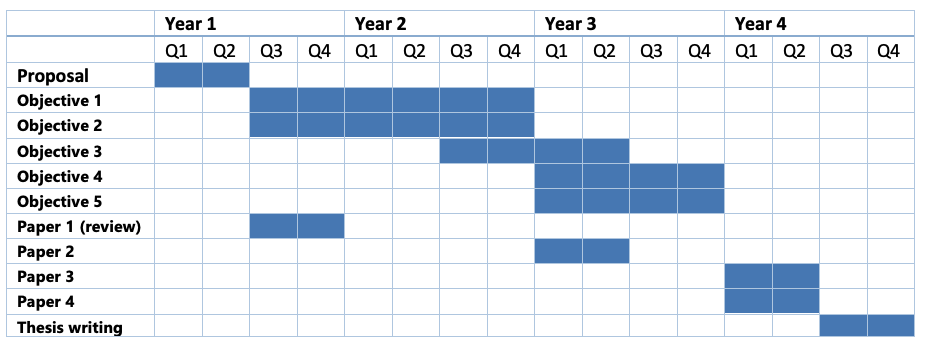Gianfilippo
Agliani

Project
Tags
Promotor
Andrea Gröne
Co-promoter(s)
Judith van den Brand, Barry Rockx
Institute(s)
Utrecht University
Description PhD project
Usutu virus (USUV) and West Nile virus (WNV) are responsible for multiple severe outbreaks of disease in birds, in various European countries, including the Netherlands. In Europe, data obtained from surveillance show that many bird species, belonging to different orders, can be infected by USUV and WNV. Passerine birds seem to be particularly susceptible to USUV infection, showing high mortality with lesions development in multiple organs. Reports from pathological examination of wild birds localize lesions, mainly in the liver, the spleen, the heart and the brain. Both the lesions and the confirmation of the presence of the virus antigen by immunohistochemistry suggest these tissues are the principal target organs for these flaviviruses. Very little is known about their pathogenesis. The interaction of the virus with the host is unknown as well as the distribution of the receptors. Also, the mechanisms of cellular damage for which data in literature are mostly from studies in cell cultures and mouse models, and a good characterization of lesions and an overview of target organs are lacking.
Through the experimental infection of different bird species and an accurate evaluation of disease progression from clinical signs to development of lesions in different organs we aim to better characterize the lesions and the pathogenesis of Usutu virus and West Nile virus.
Research questions / objectives
- Which bird spices are susceptible to infection with USUV and may play a role in the transmission cycle?
- How does disease progress in time in experimentally infected birds?
- What are the target organs and cell types for USUV in experimental setting compared to data from wild birds?
- What is the receptor distribution and how does this compare to the virus tropism?
- How do co-infection influence USUV pathogenesis?
Timeline

Tags matching with the contents of track 16
Methods
-
Labwork
- PCR: I will use PCR to detect viral RNA in tissue samples
- RNA/DNA extraction: RNA extraction from tissue for detection of virus by PCR
- In vivo: I will perform experimental infection of live birds and mice to study viral pathogenesis
- Ex Vivo: I will perform ex vivo experiments to study virus-cell interactions
- Plaque Assay: Virus titration from tissues (can also be by TCID50)
- Living animal experiment: I will perform experimental infection of live birds and mice to study viral pathogenesis
Fieldwork
- Bird trapping/sampling/surveillance: I will be involved in dead bird sampling for detection of USUV/WNV
- Wildlife trapping/sampling/surveillance: I will be involved in dead wildlife sampling for detection of USUV/WNV
Literature
- Literature review: I performed a review of the literature concerning lesions on the CNS of animals, induced by mosquito-borne flaviviruses
Topics
-
Host:
- Host immune response: I will perform characterization of immune response in tissues examined.
- Host susceptibility: I will try to asses susceptibility of multiple experimentally infected bird species
Virus:
- Pathogenicity: I will study the pathogenicity of the virus in experimentally infected birds and mice
- Virus-host interaction: I will try to characterize virus-host interaction in experimentally infected birds and mice and in ex-vivo studies
Species
-
Species:
- Bird: I will perform experimental infection in birds
Virus
-
Virus:
- West Nile virus: We hope to develop a model that could be applicable also to the study of West Nile virus pathogenesis.
- Usutu Virus: The main aim of the project is to develop an animal model of Usutu virus infection to deeper characterize the pathogenesis of the disease.